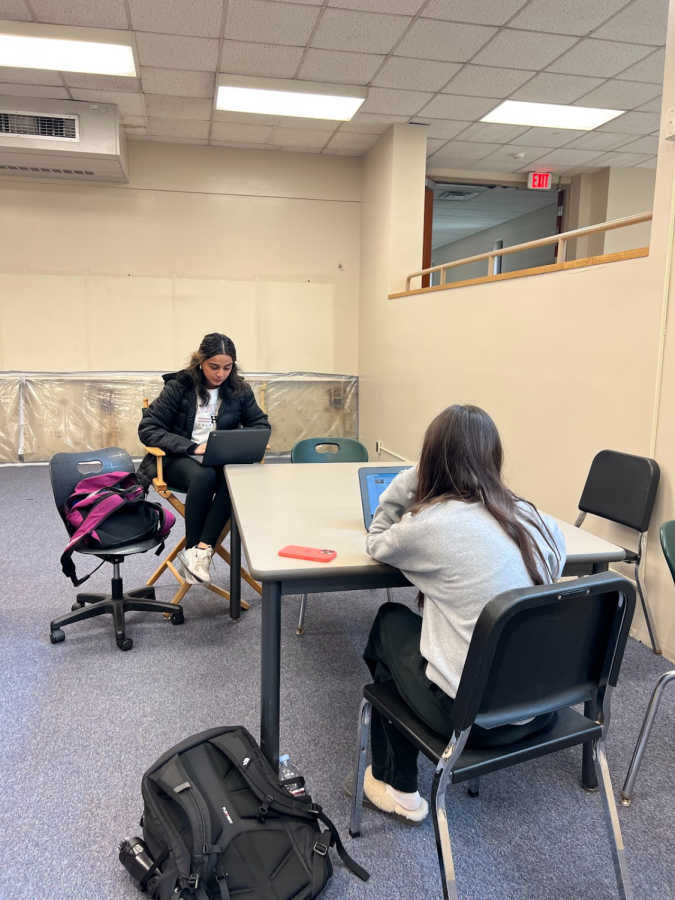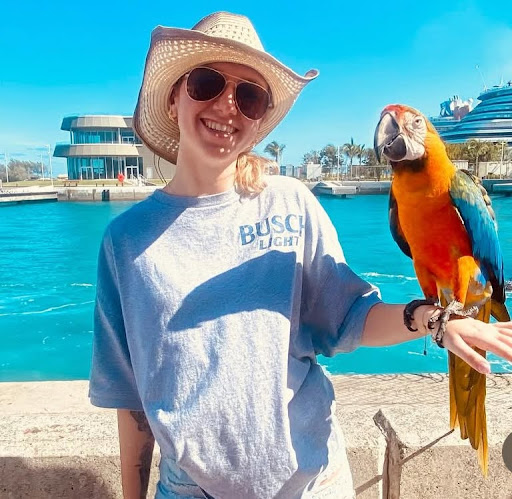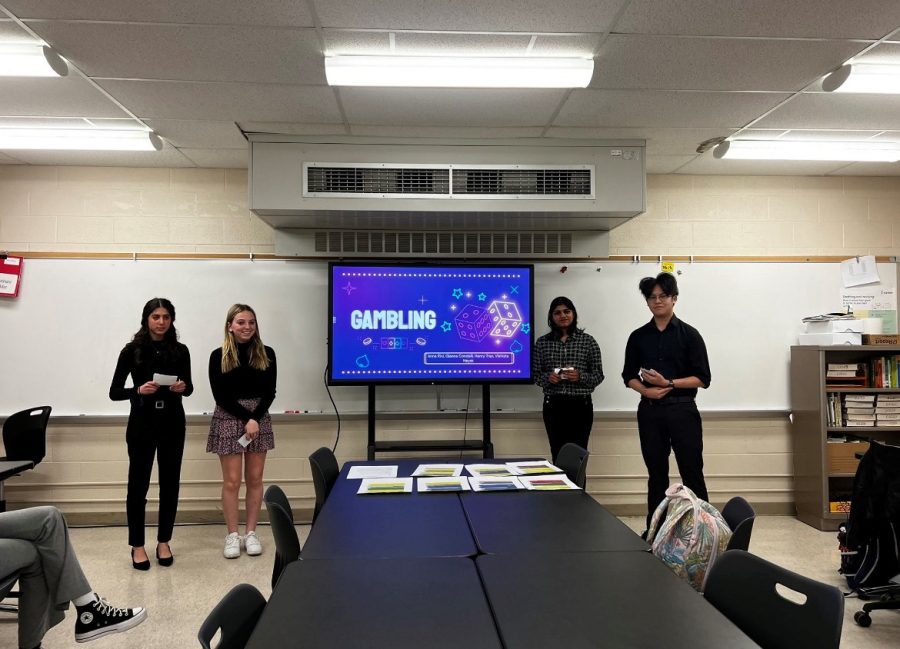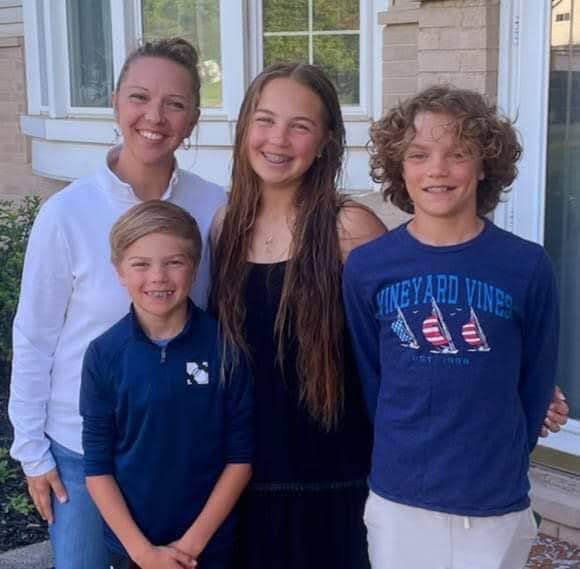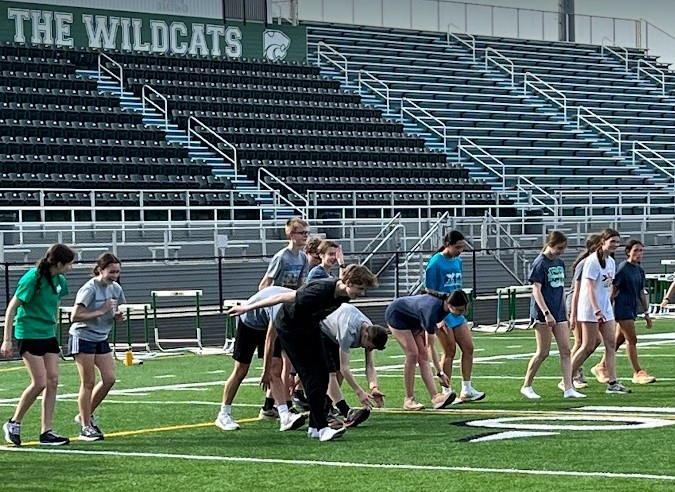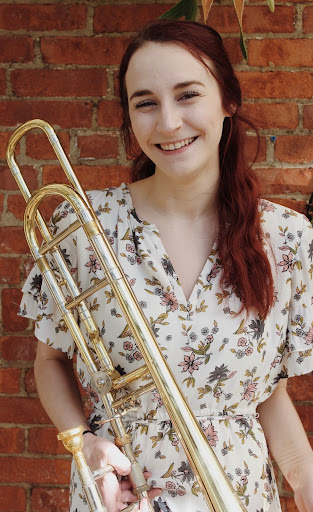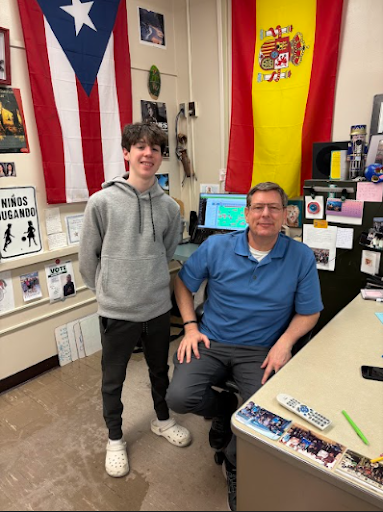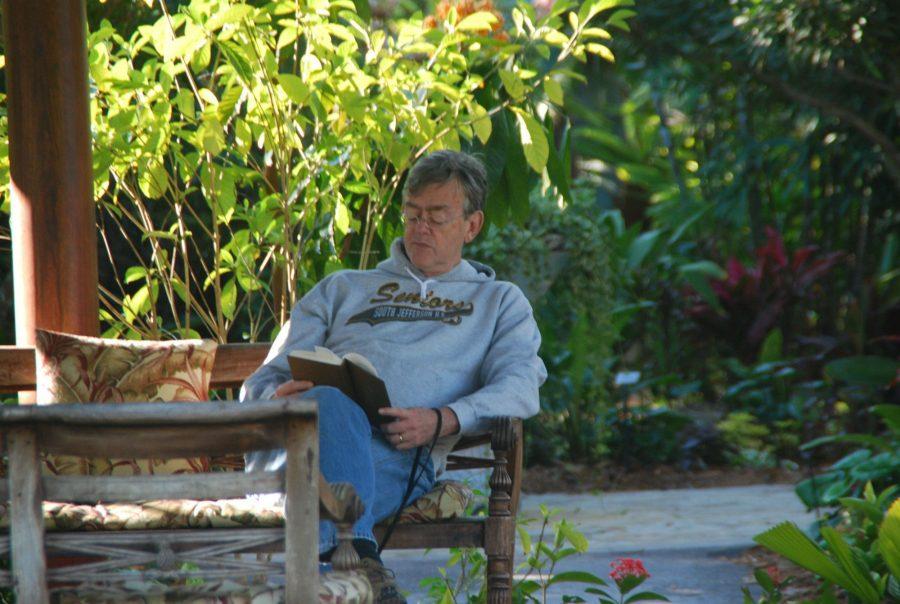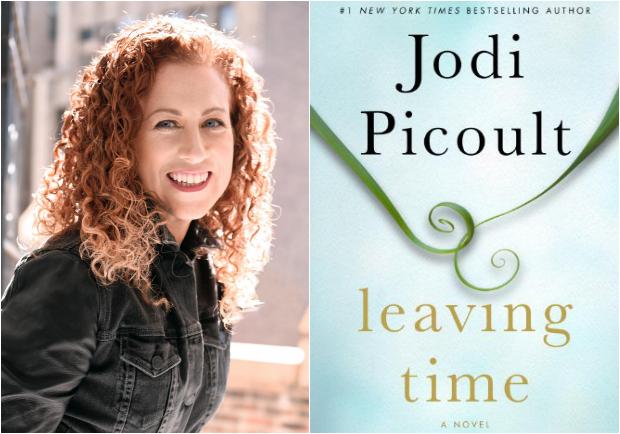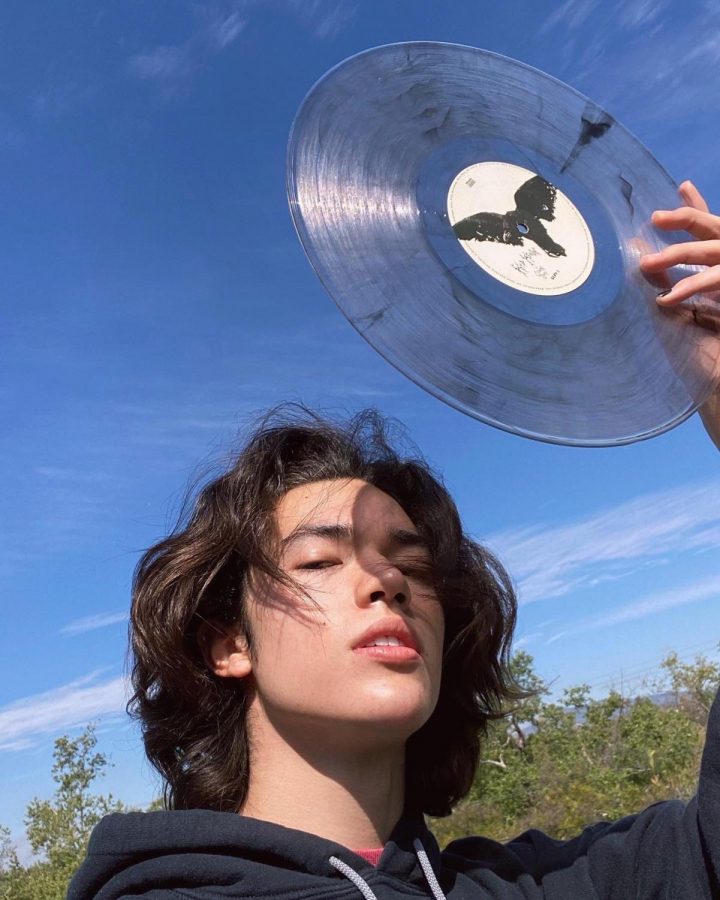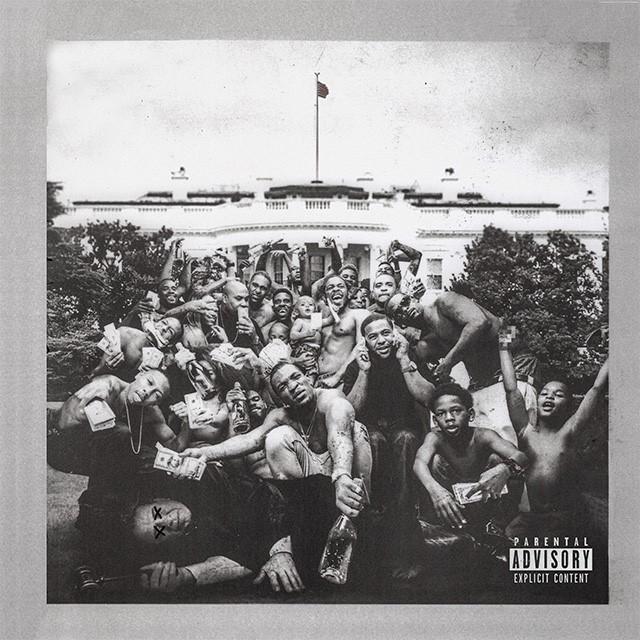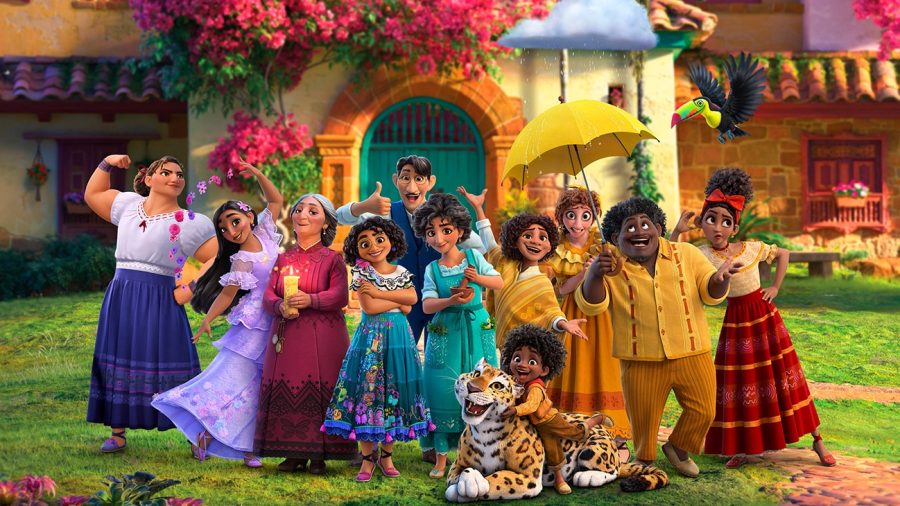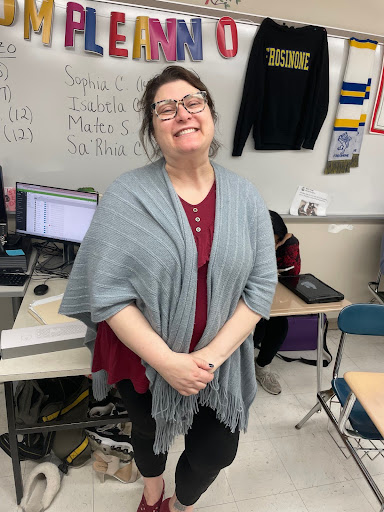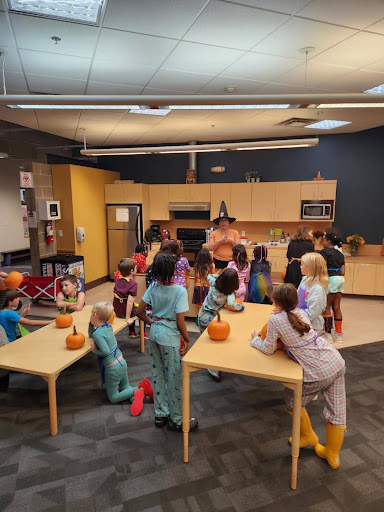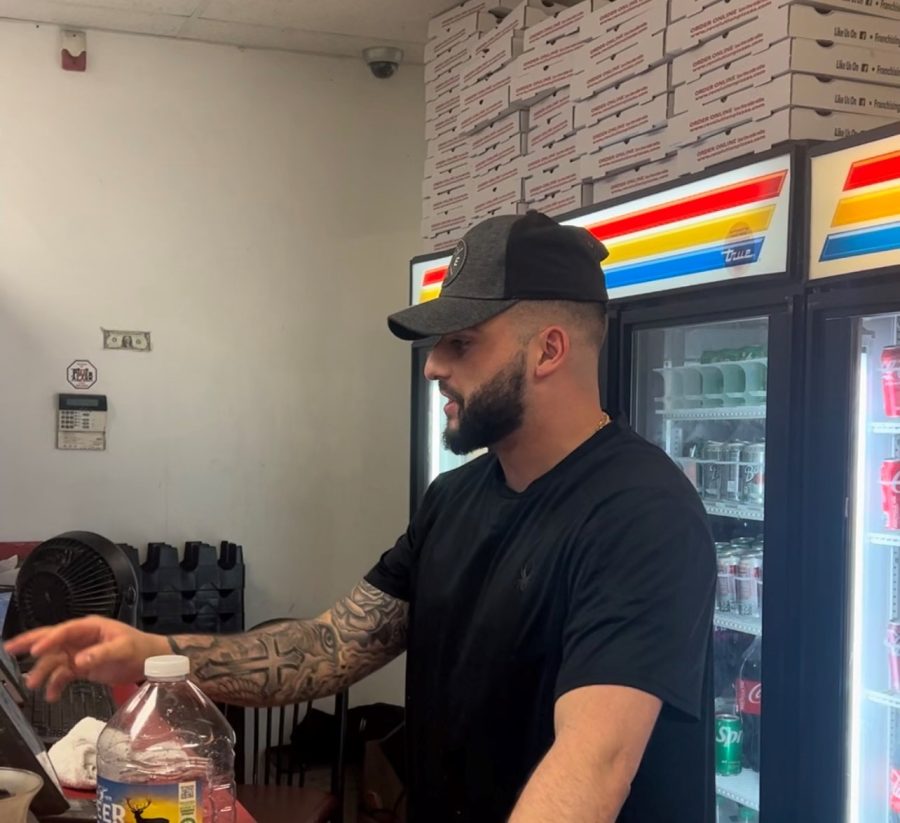SeaWorld to end killer whale captivity
May 4, 2016
SeaWorld Parks and Entertainment Inc. has announced that they will end killer whale captivity, granting a reasonable wish critics and animal rights activists have had for years.
After years of their reputation dwindling because of their horrible treatment of orcas, SeaWorld has finally agreed to end captive breeding of orcas, not just in San Diego but also in its two other parks in San Antonio, Texas and Orlando, Florida. The 24 whales currently in their possession will be the last generation to suffer at SeaWorld.
The treatment of SeaWorld’s killer whales was first put under scrutiny in 2013 by Blackfish, a documentary that highlighted the death of SeaWorld trainer Dawn Brancheau who was killed by an orca named Tilikum.
According to the Animal Welfare Institute, a study done in 1995 showed that mortality rate for orcas living in captivity is 2.5 times higher than for orcas living in the wild. It is reported that at least 163 orcas have died in captivity at SeaWorld, not including around 30 miscarried or still-born calves.
Not a single killer whale at SeaWorld has died of old age and most of the orcas die before their twentieth birthday. Meanwhile orcas in the wild are known to have lived until they are 100 years old.
Cutting orca lives that short for human entertainment is not acceptable and never should have been. They have the right to live peacefully on this planet just as much as we do.
The captive environments orcas at SeaWorld have been living in does not resemble their natural habitat in any way and they are being harmed because of this.
Dr. Becker of Mercola.com said, “The orcas at SeaWorld would have to swim about 1,500 laps a day in their cramped pools to equal the approximate 100 miles they’d swim every day in their ocean home.
Their desperation and boredom lead them to display psychotic behavior such as gnawing on the concrete sides of their tanks.”
Similarly to Becker, biology teacher Michael Verdi believes captivity at SeaWorld should have ended sooner. Verdi said, “Socially [keeping orcas captive] is the biggest harm. They travel in packs and they travel hundreds of miles [so] keeping them in a pool is not right.”
The author of Beneath the Surface and former SeaWorld orca trainer, John Hargrove wrote in his book, “SeaWorld has no soul. They don’t give a damn about those animals; they’re a commodity worth lots of money, and they have to protect their investment.”
Sophomore Milaney Steigerwald is strongly against animal captivity and argues this often. She said, “It is unfair and [the orcas] deserve to live in their natural habitat, where they were intended to be.”
On the company’s blog, SeaWorld explained that it is phasing out theatrical performances featuring orcas over the next three years.
In a statement made by SeaWorld Entertainment the company said it would replace its popular theatrical shows that feature killer whales with “new, inspiring, natural orca encounters … as part of its ongoing commitment to education, marine science research, and rescue of marine animals.”
Naomi Rose, marine mammal scientist at the Animal Welfare Institute told Alastair Jamieson of NBC News that SeaWorld’s decision was “a monumental and important first step forward in achieving a more humane business model.”
By ending captive breeding, SeaWorld is taking a much needed step towards treating their animals with the kindness that they deserve and not the unacceptable treatment they have been receiving for decades.
The orca shows are set to end in 2017 at the San Diego park, while the San Antonio and Orlando parks will end the shows by 2019. Three years is an extremely unnecessarily time period to take to end this cruelty but it will be well worth the wait.




